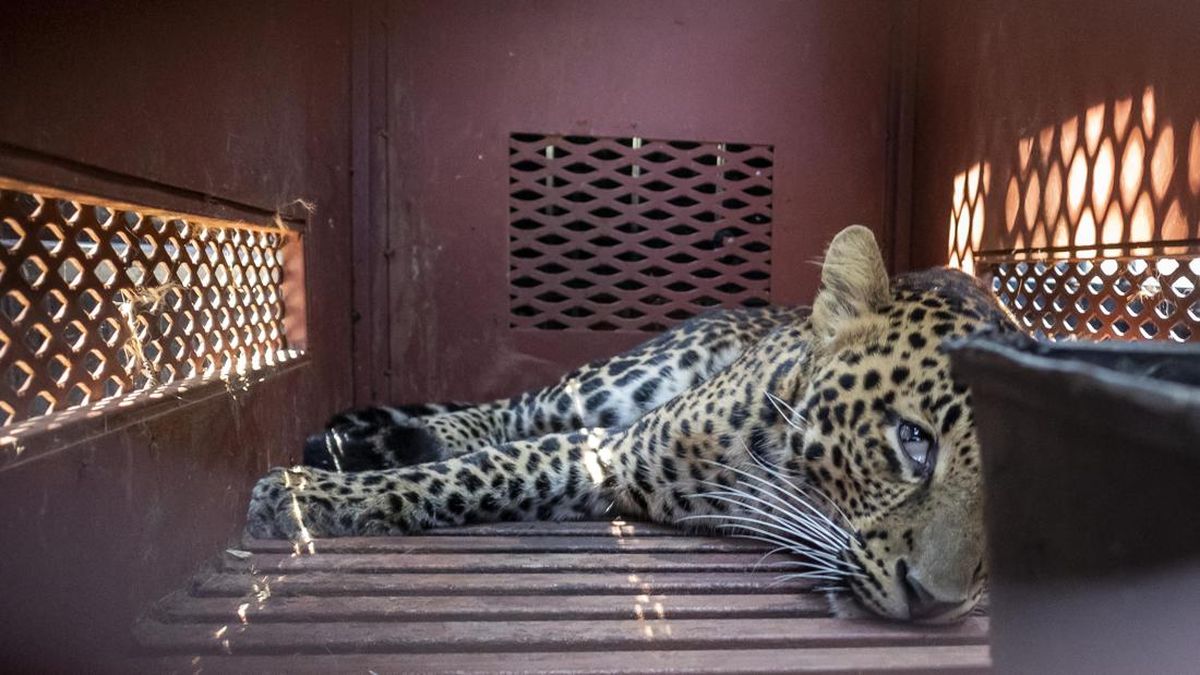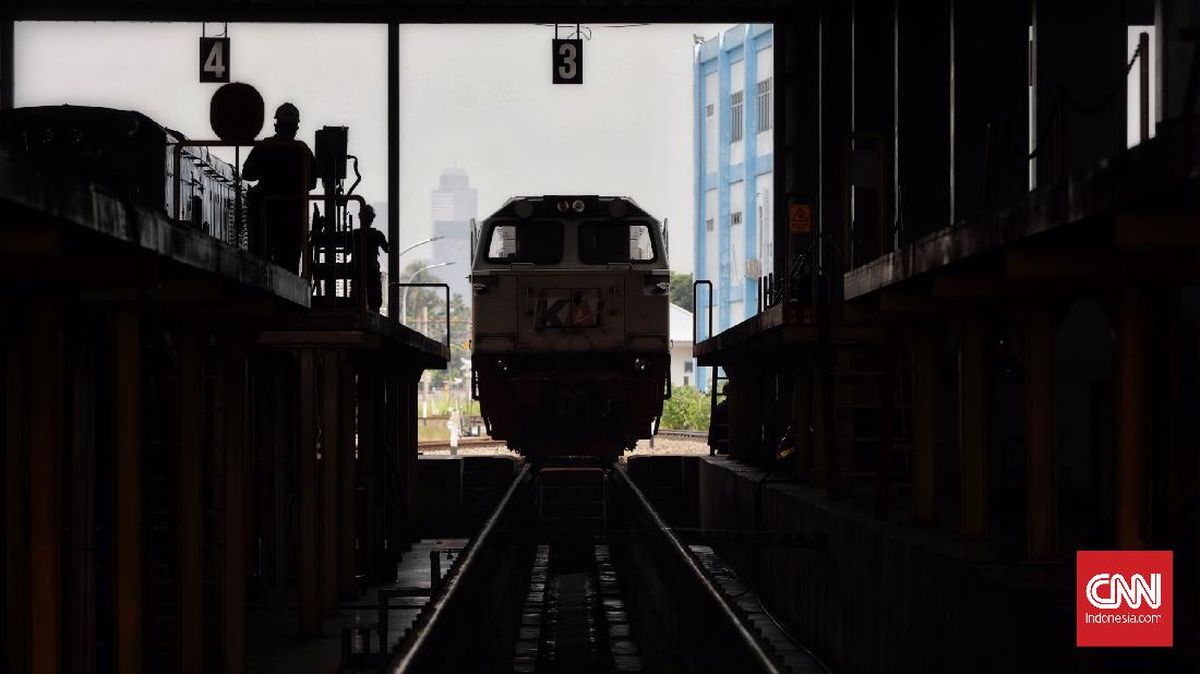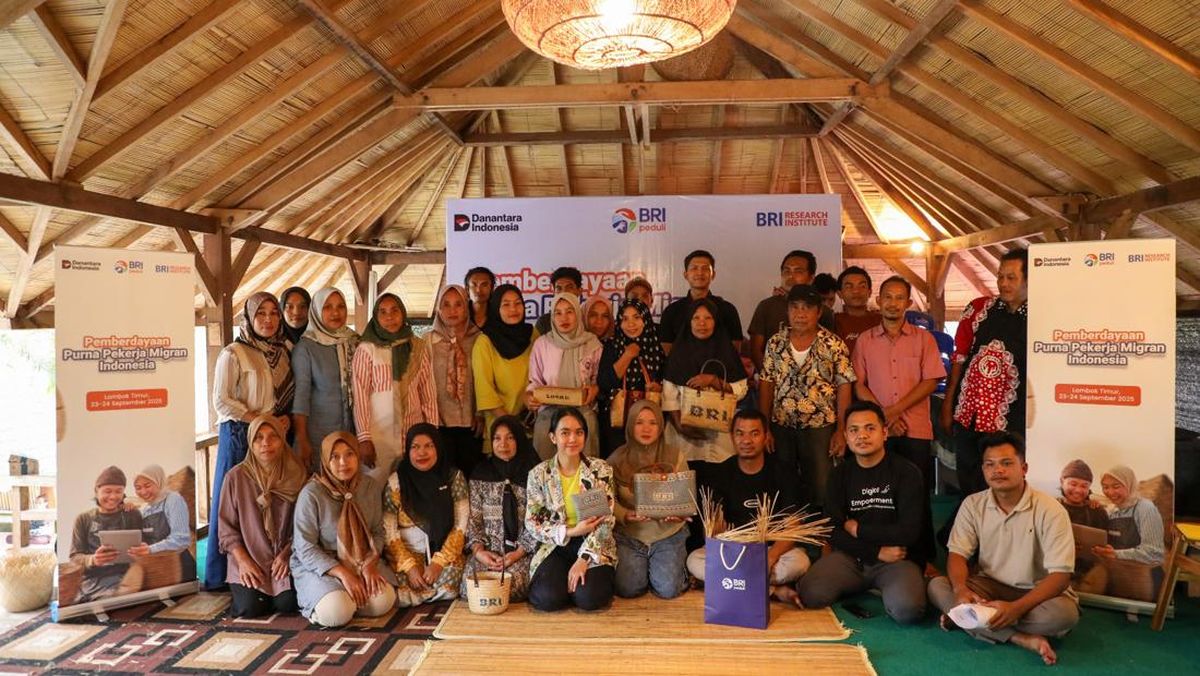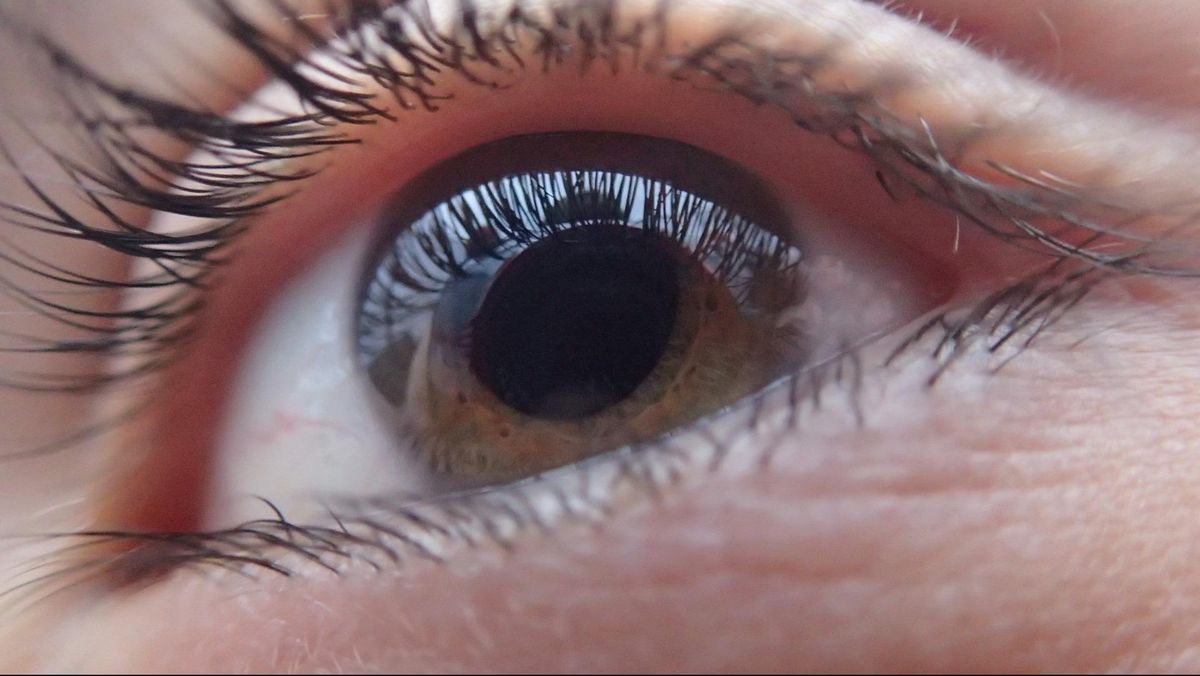Historically, the Langdons quartz reef was mined in the Julian Mine, which produced 308 ounces of gold at an impressive 25.2 g/t between 1898 and 1900. One nearby quartz reef in the Victory Mine returned grades of more than 30g/t from underground drilling in the 1920s.
Once all the data from the fieldwork is combined into a detailed 3D geological model, the company says it will be able to zero in on the most promising drill targets. At the same time, Siren is working with New Zealand’s Department of Conservation to secure access agreements, setting the stage for its first drilling campaign at Langdons.
Siren Gold chief executive officer Zane Padman said: “The fieldwork to date and the now expanded soil geochemistry footprint is extremely encouraging and highlights the growing scale and quality of the mineralised system at Langdons. Securing the Langdons exploration permit is another key milestone for the company, allowing us to pursue the exceptional targets we’ve defined through our fieldwork."
The Langdons project sits in the Paparoa Goldfield on New Zealand’s southern island and contains several quartz reef systems, including the Langdons antimony, Midnight and Liberty reefs. These reefs sit in north-west trending folds, which is a common geological pattern for Reefton-style gold deposits.
The Reefton goldfield, which sits 40kms east of Siren’s ground, earned its fame as New Zealand’s second-largest gold producer, having churned out more than two million ounces of uber high-grade gold from rich quartz veins such as the legendary Birthday reef.
Meanwhile, management says it is steadily de-risking the company’s flagship Sams Creek gold project while it waits on the green light for a mining permit.
Sitting in Golden Bay in New Zealand’s northwest, Sams Creek is built around a seven-kilometre-long folding porphyry dyke system that already hosts a JORC resource of 824,000 ounces at 2.8g/t gold, making it one of the country’s biggest undeveloped gold deposits.
So far, more than 90 per cent of drilling has targeted the Main Zone fold stretching 800m, leaving a big exploration opportunity across the remaining 6.2km of the dyke. A series of untested fold targets along this stretch still offer plenty of potential for future discoveries.
Adding further depth to Siren’s credentials is its 17 per cent stake in Canadian listed Rua Gold. This shareholding, currently worth about $14m gives the company a passive exposure to the Hauraki gold district and OceanaGold’s high-grade Wharekirauponga gold discovery, with a resource of two million ounces grading 14.3g/t. It also gives it a quick pathway to cash if ever needed.
Sydney based corporate advisory and research house Evolution Capital, who recently raised about $4m for Siren said in a recent Flash Note that Siren is trading at an enterprise value to resource multiple of A$33 an ounce.
Evolution added Siren has a potentially milestone rich period ahead of it as the company looks to get its Sams Creek Mining permit locked away, upgrades its mineral resource and complete a scoping study on the project.
With exploration momentum building across its New Zealand portfolio Siren appears to be positioning itself as a serious player in one of the world’s most underexplored but historically rich goldfields.
Is your ASX-listed company doing something interesting? Contact: [email protected]


















































